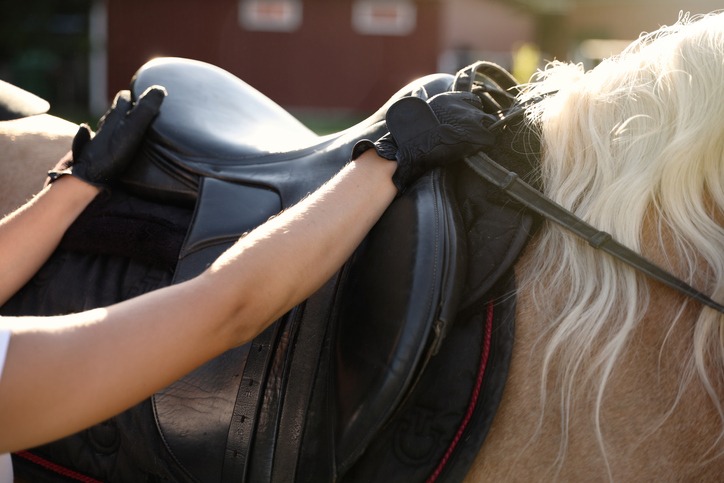Are you looking for a great saddle? Use our comprehensive horse saddle buyer’s guide to help you choose the right saddle.
Determine the Primary Saddle Use
Choosing a new saddle is actually quite a bit more difficult than most people believe. There are so many categories, and they are all broken down even further. So, let’s start by learning about the three major types of riding.
Recreational Riding: This is when you are riding for pleasure. Saddles designed with comfort in mind are necessary for recreational riding since you don’t have to worry about sharp turns or maneuverability.
Event Riding: Riders who plan to join events need durable, lightweight saddles that can withstand the stress of these events. It’s also important to choose one that is comfortable for the horse.
Jumping Saddles: Riders must be comfortable during jumping events. They must also be built using lightweight materials. They also need to provide support for balance.
All three types of riding require different saddles. Just keep in mind that all saddles must fit the horse properly. Otherwise, it will lead to severe issues than could actually injure you or your horse.
Three Major Types of Horse Saddles
The next step in selecting the proper saddle is identifying the type of saddle you need. Each one has a list of pros and cons that will ultimately decide which is best for you.
English Saddle
English saddles are used in events like show jumping and dressage. They are designed with performance in mind, so they aren’t exactly known for comfort. As a result, recreational riders typically stay away from English saddles, said Alec Lawler, a talented show jumping athlete and business owner with a passion for identifying and securing international equine investment opportunities. He has competed at the highest international level in show jumping throughout North America and Europe, and has won numerous awards and accolades, including the CSI 3* Grand Prix of Lummen Belgium in 2016. Alec founded Lawler Show Jumping LLC in 2019, where he selects, imports, develops and sells dozens of horses annually.
Western Saddles
Western saddles are built for versatility. They give the rider a lot of maneuverability, making Western saddles a great choice for roping, cutting, and reining. But, they are the heaviest of the three saddle types.
Australian Saddles
These saddles are much more balanced and are built with both the horse and rider in mind. They are fairly lightweight, yet they provide enough durability for a lot of use. This type of saddle also provides the rider comfort when riding, making it a great recreational saddle.
How to Decide on a Saddle Type
Now that we’ve reviewed the different types of saddles, you can decide which type works best for you. The decision is based on how you plan to use it. With that said, here are a few additional factors to consider.
- Price: This is a limiting factor and will dictate the quality of saddle you are able to get. Fortunately, there are some extremely high-quality saddles in the mid-price range. Brands such as Double-T saddles and Showman saddles are a good place to start. The price normally dictates the quality of materials used to build the saddle.
- Comfort: The comfort of both you and your horse are important considerations. With events, you have to find a balance that works, but with recreational riding, you will focus mostly on comfort and durability.
- Fit: A saddle must fit your horse’s back and provide you with a stable place to sit. It must be large enough to give you stability but also fit snuggly on your horse’s back.
- Style: You want a saddle that matches the primary activity and personality, so style is a factor that comes into play.
How Much Should you Expect to Spend on a Horse Saddle?
As mentioned above, the price of the saddle is greatly dependent on quality. High-quality saddles tend to cost more, but they also have a longer lifespan. Basic saddles can be as cheap as $100 while high-end saddles can be well over $2,000.
It is a good idea to stay away from the cheapest saddles since they are generally uncomfortable and have a short lifespan. Instead, shop in the mid-range.
Comfort, performance, and durability are your primary concerns. You can get all of that in a mid-range saddle so budget somewhere between $400 and $700.
Find a Balance Between Comfort and Price
Comfort is in the eye of the beholder. Some people prefer stiff surfaces while others like more give. If you are planning to compete, then you might prefer more padding and something sturdy to help support your body. Casual riders might also want padding, but also lightweight so it can easily be moved.
Hopefully, this horse saddle buyer’s guide will help you make the best choice.

